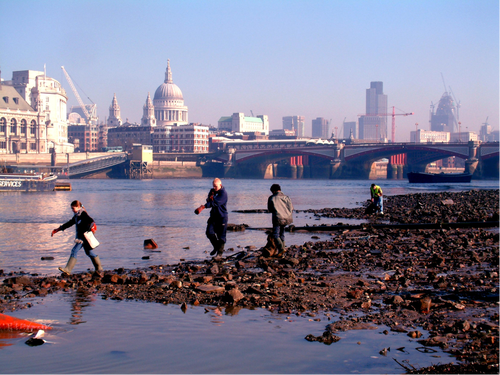Littered single-use plastics are clogging up the river Thames, according to new research which has found that wet wipes, food wrappers and plastic bottles are the most frequently found bits of rubbish polluting the water.
Volunteers for the charities Marine Conservation Society (MCS) and Thames21 fished thousands of items of plastic from the river over 20 organised river cleans in the last year in partnership with Waitrose.
They found that 78% of litter picked was single-use plastic.


The researchers separated their findings according to what was found in London, where the the River Thames is tidal, in the Thames tributaries and on the beach in Southend-on-Sea, where the Thames meets the sea.
In London, wet wipes were found to be the biggest polluter by far. The volunteers said they found a whopping 1,079 wipes per 100 metres of water, with the second most common haul of rubbish consisting of unidentifiable pieces of plastic. Sanitary items and clothing were also found to be major polluters, with an average of 15 items found per 100 metre stretch.
In the Thames tributaries, volunteers found an average of 219 pieces of rubbish collected for every 100m surveyed. Food wrappers, plastic bottles and drinks cans were found to be the most commonly found items.
At Southend-on-Sea, where the Thames meets the sea, 559 pieces of unidentifiable plastic were found per 100 metres. Glass, cigarette ends and cotton buds were also among the most frequently littered items.
Lauren Eyles, MCS Beachwatch Manager, said the proportion of single use plastic was harder to measure at estuary and coastal sites because the plastic had already broken down. “We find much more unidentified, tiny plastic at these sites because the plastic has been floating around for some time,” she said.
“However, they may well have once been single-use. Beach cleaners are far more likely to find microplastics these days than larger identifiable items.
“Rivers are being harmed by a variety of different pollutants, including large amounts of plastic. Eighty per cent of ocean litter comes from land, channelled there by our rivers.”